In the realm of international trade, sea freight plays a pivotal role, especially for businesses engaged in importing goods from countries like China. This cost-effective shipping method enables companies to transport large volumes of cargo across vast distances, making it an ideal choice for those seeking reliable and efficient logistics solutions. With its inherent advantages, such as lower shipping costs, higher capacity, and a minimal environmental footprint, sea freight has become a preferred option for many importers. In this guide, we will explore the intricacies of sea freight, including shipping methods, key considerations for importing goods, major ports involved in the shipping process, and essential steps to ensure a smooth and successful shipping experience from China to Malaysia.
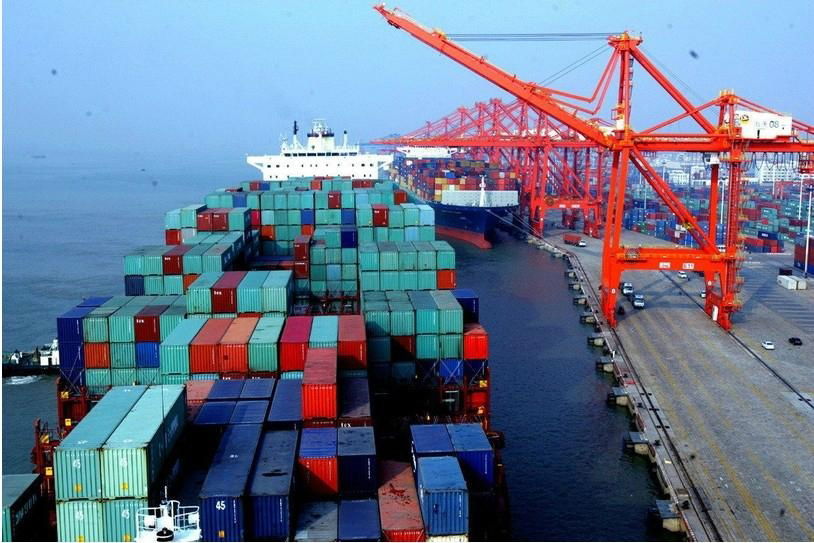
Understanding Sea Freight
Sea freight, also known as ocean freight, refers to the transportation of goods via sea routes. This method is essential for international trade, especially when importing goods from countries with vast manufacturing capabilities, such as China. The choice of sea freight is driven by several factors, including cost-effectiveness, capacity, and the ability to handle large volumes of goods.
Why Choose Sea Freight?
-
Cost-Effectiveness: Sea freight is generally more economical than air freight, particularly for bulk shipments. The cost per unit decreases as the shipment volume increases, making it an attractive option for businesses looking to import large quantities.
-
Capacity: Ships can accommodate substantial cargo loads, ranging from containers to bulk goods. This capacity makes sea freight a suitable option for businesses with significant import volumes.
-
Environmental Considerations: Compared to air freight, sea freight has a lower carbon footprint per ton of cargo transported. This makes it an appealing choice for companies looking to enhance their sustainability practices.
-
Diverse Shipping Options: Sea freight services come in various formats, including Full Container Load (FCL) and Less Than Container Load (LCL). This flexibility allows businesses to choose the shipping method that best fits their needs.
Benefits of Sea Freight for Importing Goods
| Benefit | Description |
|---|---|
| Cost Efficiency | Lower shipping costs, especially advantageous for bulk cargo. |
| Higher Volume | Capable of transporting large quantities of goods in a single trip. |
| Flexibility | Various shipping options, including FCL and LCL. |
| Established Routes | Well-established shipping lanes ensure timely deliveries. |
| Safety and Security | Goods are transported in secure containers, reducing damage risks. |
Key Considerations for Shipping from China to Malaysia
Importing goods from China to Malaysia involves various factors that businesses must navigate. Understanding these considerations can streamline the shipping process and ensure compliance with regulations.
Shipping Methods
When importing goods from China to Malaysia, businesses can choose from several shipping methods:
-
Full Container Load (FCL): Best for businesses with enough cargo to fill an entire container. This method is often more economical for large shipments.
-
Less Than Container Load (LCL): Ideal for smaller shipments that do not require a full container. Multiple shipments from different shippers are consolidated in one container, allowing cost savings.
-
Break Bulk: Suitable for oversized or bulk cargo that cannot fit into standard containers. This method often requires specialized handling.
Shipping Routes
The shipping routes from China to Malaysia are well-defined, and several ports facilitate smooth transit. Key routes include:
| Port of Origin (China) | Port of Destination (Malaysia) | Typical Transit Time |
|---|---|---|
| Shanghai | Port Klang | 12-15 days |
| Shenzhen | Port Klang | 10-12 days |
| Ningbo | Port Klang | 12-14 days |
| Guangzhou | Port Klang | 11-13 days |
Businesses should consider transit times, potential delays, and seasonal impacts when planning their shipments.
Required Documents
Shipping from China to Malaysia requires specific documentation to ensure smooth customs clearance and compliance with regulations. Key documents include:
-
Bill of Lading (BOL): A legal document between the shipper and carrier that details the type and quantity of goods shipped.
-
Commercial Invoice: A document issued by the seller to the buyer that includes details like the sale price and terms of sale.
-
Packing List: Specifies the contents of each package, including weights and dimensions, which assists customs in verifying the shipment.
-
Customs Declaration: Required by Malaysian authorities to detail the goods being imported, their value, and their intended use.
Customs Clearance
Navigating customs clearance is crucial when importing goods. It involves the following steps:
-
Preparation: Ensure all necessary documents are ready and accurate to prevent delays.
-
Duties and Taxes: Understand the applicable tariffs and taxes that may apply to the shipment. This can vary based on the type of goods and their declared value.
-
Engaging a Customs Broker: Hiring a customs broker can facilitate the process, ensuring compliance with Malaysian regulations and assisting with documentation.
-
Inspection: Be prepared for possible inspections by customs authorities to verify the contents of the shipment.
Working with a reputable freight forwarder, such as Dantful International Logistics, can simplify the shipping process. They offer comprehensive services, including customs clearance, warehouse services, and insurance services, ensuring that your goods arrive safely and efficiently. For a professional and cost-effective logistics solution, consider partnering with Dantful for all your shipping needs.
You may be interested in the following related articles:
- Shipping From China To Vietnam
- Shipping From China To Thailand
- Shipping From China To South Korea
- Shipping From China To Philipines
- Shipping From China To Pakistan
- Shipping From China To Japan
- Shipping From China To Indonesia
- Shipping From China To Singapore
- Shipping From China To Malaysia
Major Ports for Sea Freight
Top Chinese Ports for Exporting to Malaysia
China is home to several major ports that serve as key export hubs for goods heading to Malaysia. These ports are equipped with modern facilities to handle high volumes of cargo and ensure efficient shipping processes. The top Chinese ports for exporting to Malaysia include:
| Port Name | Location | Key Features |
|---|---|---|
| Shanghai | Eastern China | World’s busiest container port, extensive shipping routes, and advanced logistics facilities. |
| Shenzhen | Southern China | Major hub for electronics and consumer goods, excellent connectivity to global shipping networks. |
| Ningbo | Eastern China | Significant shipping traffic, efficient cargo handling, and strong industrial base. |
| Guangzhou | Southern China | Key location for manufacturing, close proximity to supply chains, and robust infrastructure. |
| Xiamen | Southeastern China | Growing importance in international trade, especially in machinery and textiles. |
These ports provide various shipping options and routes, making them ideal for businesses looking to import goods from China to Malaysia.
Key Malaysia Ports for Imports
Upon arrival in Malaysia, goods typically pass through several major ports that facilitate import activities. The primary ports for receiving shipments from China include:
| Port Name | Location | Key Features |
|---|---|---|
| Port Klang | Selangor | Largest and busiest port in Malaysia, serving as the primary gateway for container traffic. |
| Penang Port | Northern Malaysia | Well-connected to regional markets, specializing in container and bulk cargo. |
| Johor Port | Southern Malaysia | Strategic location for imports, close to Singapore, and serves various industries. |
| Kuantan Port | Eastern Malaysia | Key port for handling bulk cargo and facilitating trade in the east coast region. |
| Labuan Port | Offshore territory | Specializes in oil and gas logistics, along with general cargo operations. |
These ports are equipped to handle the varied cargo types arriving from China, ensuring efficient customs clearance and distribution across Malaysia.
The Sea Freight Shipping Process Step-by-Step
Understanding the sea freight shipping process is essential for businesses looking to import goods efficiently. Below is a detailed overview of each step involved in shipping from China to Malaysia.
1. Obtaining a Freight Quote and Booking
-
Providing Shipment Details to the Freight Forwarder: The process begins with the shipper supplying essential information about the shipment. This includes the type of goods, dimensions, weight, and desired shipping timeline.
-
Agreeing on Shipping Terms and Rates: The freight forwarder will provide a quote based on the shipment details. This quote should outline all costs associated with the shipment, including freight charges, insurance, and any additional fees.
-
Confirming the Booking: Once the terms are agreed upon, both parties will confirm the booking, specifying the details of the shipment and the expected timeline for delivery.
2. Cargo Pick-Up and Delivery to the Port
-
Arranging for Cargo Pick-Up from the Supplier: The freight forwarder schedules the pick-up of goods from the supplier’s location in China. This includes coordinating with the supplier to ensure timely availability of the cargo.
-
Transporting the Goods to the Port of Departure in China: After pick-up, the cargo is transported to the designated port of departure. This may involve trucking or rail transport, depending on the distance and logistics involved.
3. Export Customs Clearance in China
-
Submitting Required Documents: Before the cargo can leave China, the freight forwarder must submit all required documentation to customs authorities. This typically includes the Bill of Lading, Commercial Invoice, and Packing List.
-
Paying Export Duties and Taxes: Any applicable export duties must be paid to facilitate clearance. The freight forwarder will ensure that all compliance requirements are met to prevent delays.
4. Loading and Ocean Transportation
-
Loading the Cargo onto the Vessel: Once customs clearance is obtained, the cargo is loaded onto the designated vessel for shipment. The loading process is crucial to ensure the safety and security of the goods during transit.
-
Transit Time from China to Malaysia: The typical transit time for sea freight from China to Malaysia varies based on the shipping route and specific ports involved, generally ranging from 10 to 15 days.
5. Import Customs Clearance in Malaysia
-
Submitting Import Documents: Upon arrival in Malaysia, the freight forwarder must submit necessary import documentation to Malaysian customs, including the Bill of Lading and Commercial Invoice.
-
Paying Import Duties and Taxes: Import duties and taxes must be settled before the cargo can be released from customs. Understanding the tariff structure for different goods is essential for accurate financial planning.
6. Cargo Unloading and Delivery to the Final Destination
-
Unloading the Cargo at the Port of Arrival in Malaysia: Once customs clearance is granted, the cargo is unloaded from the vessel at the designated port, such as Port Klang or Penang Port.
-
Arranging for Final Delivery to Your Warehouse or Facility: After unloading, the freight forwarder coordinates the final transport of goods to the consignee’s warehouse or facility. This step includes arranging local transportation and ensuring the goods reach their final destination securely.
Utilizing the expertise of a seasoned freight forwarder like Dantful International Logistics can streamline this entire process, ensuring compliance and efficiency at every step. Dantful provides comprehensive services, including customs clearance and shipping options tailored to meet the unique needs of businesses importing from China to Malaysia.
Shipping Costs from China to Malaysia by Sea Freight
When importing goods from China to Malaysia, understanding the shipping costs associated with sea freight is crucial for effective budgeting and financial planning. The total cost can vary based on several factors, including the shipping method, cargo volume, and additional services required.
Breakdown of Sea Freight Costs
The total shipping costs for sea freight can be categorized into several components:
| Cost Component | Description |
|---|---|
| Freight Charges | Base cost for transporting goods from the port of origin to the destination port. This is usually calculated per container for FCL or per cubic meter for LCL shipments. |
| Fuel Surcharges | Additional charges imposed by shipping lines to cover fluctuations in fuel prices. |
| Port Fees | Charges for the use of port facilities for loading and unloading cargo, which may include terminal handling charges (THC). |
| Customs Duties and Taxes | Government-imposed fees based on the type and value of goods being imported. This can vary significantly depending on the goods. |
| Documentation Fees | Costs associated with preparing required shipping and customs documentation, such as the Bill of Lading and Commercial Invoice. |
| Insurance Costs | Optional but recommended coverage to protect goods against loss or damage during transit. |
| Warehousing Fees | Charges for storing goods at the port or a warehouse before customs clearance or final delivery. |
| Last-Mile Delivery Costs | Expenses incurred for transporting goods from the port to the final destination (e.g., your warehouse or store). |
Understanding each component of shipping costs helps businesses make informed decisions and enhances overall cost management.
Tips for Reducing Shipping Expenses
-
Consolidate Shipments: Opt for Less Than Container Load (LCL) if your shipment volume is small. By consolidating your goods with other shippers, you can share costs and reduce the overall expense.
-
Negotiate Rates: Building a relationship with your freight forwarder can lead to better rates. Don’t hesitate to negotiate shipping rates, especially if you are a regular customer or have a large volume of goods to ship.
-
Choose the Right Shipping Method: Analyze whether FCL or LCL is more cost-effective for your specific needs. FCL is generally cheaper for larger shipments, while LCL can save costs for smaller volumes.
-
Optimize Packaging: Efficient packaging reduces the volume and weight of your shipment. This can lower the charges based on dimensions or weight, especially for LCL shipments.
-
Plan Shipments in Advance: Avoid last-minute shipping, which often incurs premium charges. Planning shipments well in advance allows for flexibility in choosing better rates.
-
Monitor Fuel Surcharges: Stay informed about fuel surcharge trends and adjust your shipping schedules accordingly to avoid excessive costs during peak pricing periods.
-
Consider Insurance Wisely: While insurance is crucial for protecting your shipments, shopping around for competitive rates can lead to savings. Evaluate the value of your goods against the cost of insurance.
Shipping Times from China to Malaysia by Sea Freight
Shipping times from China to Malaysia can vary based on factors such as the shipping route, port of origin, and the shipping method chosen. Understanding these timelines is key to managing customer expectations and inventory levels.
Port-to-Port Delivery
Typical Transit Times for Major Port Pairs
Transit times are influenced by the shipping route and port efficiency. Below is a table showing typical transit times for major port pairs between China and Malaysia:
| Port of Origin (China) | Port of Destination (Malaysia) | Typical Transit Time |
|---|---|---|
| Shanghai | Port Klang | 12-14 days |
| Shenzhen | Port Klang | 10-12 days |
| Ningbo | Port Klang | 12-15 days |
| Guangzhou | Port Klang | 11-13 days |
| Xiamen | Port Klang | 13-16 days |
These transit times indicate the duration you can expect for your cargo to travel between major ports. However, various factors can influence these durations.
Factors Affecting Port-to-Port Delivery Times
-
Weather Conditions: Adverse weather, such as typhoons or heavy storms, can delay shipping schedules.
-
Port Congestion: Busy ports may experience delays in loading and unloading, impacting overall shipping times.
-
Shipping Line Schedules: Each shipping line operates on specific schedules; delays in one part of the network can ripple through to affect overall transit times.
-
Customs Procedures: The efficiency of customs clearance in both China and Malaysia can affect delivery timelines. Ensuring accurate and complete documentation can minimize delays.
-
Seasonal Demand: Peak shipping seasons (e.g., before significant holidays) can lead to increased shipping times due to higher shipping volumes and congestion.
Door-to-Door Delivery
For businesses seeking door-to-door delivery, the timeline will be longer due to the added steps involved, which include local transportation from the port to the final destination. This service typically incorporates:
-
Post-Arrival Customs Clearance: Once the cargo arrives at the destination port, it must clear customs before being released.
-
Last-Mile Delivery: After customs clearance, the goods are transported from the port to the designated warehouse or location. This can add several days to the overall shipping timeline, depending on the distance and logistics involved.
Overall, understanding both shipping costs and times is essential for effective logistics management when importing goods from China to Malaysia. Partnering with an experienced freight forwarder like Dantful International Logistics can help navigate these complexities, ensuring a smoother shipping process and optimized logistics solutions tailored to your business needs.
Dantful International Logistics Services:
- Dantful Ocean Freight Services
- Air Freight From China
- Amazon FBA Freight Forwarding
- WAREHOUSE Services
- One-Stop Customs Clearance Solution
- Cargo Insurance Services in China
- DDP Shipping Services By Dantful Logistics
- Out of Gauge Cargo Transportation Shipping Services

Young Chiu is a seasoned logistics expert with over 15 years of experience in international freight forwarding and supply chain management. As CEO of Dantful International Logistics, Young is dedicated to providing valuable insights and practical advice to businesses navigating the complexities of global shipping.


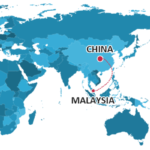
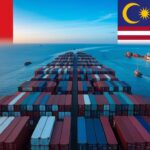
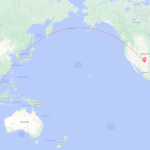
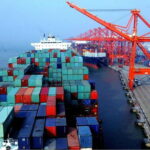





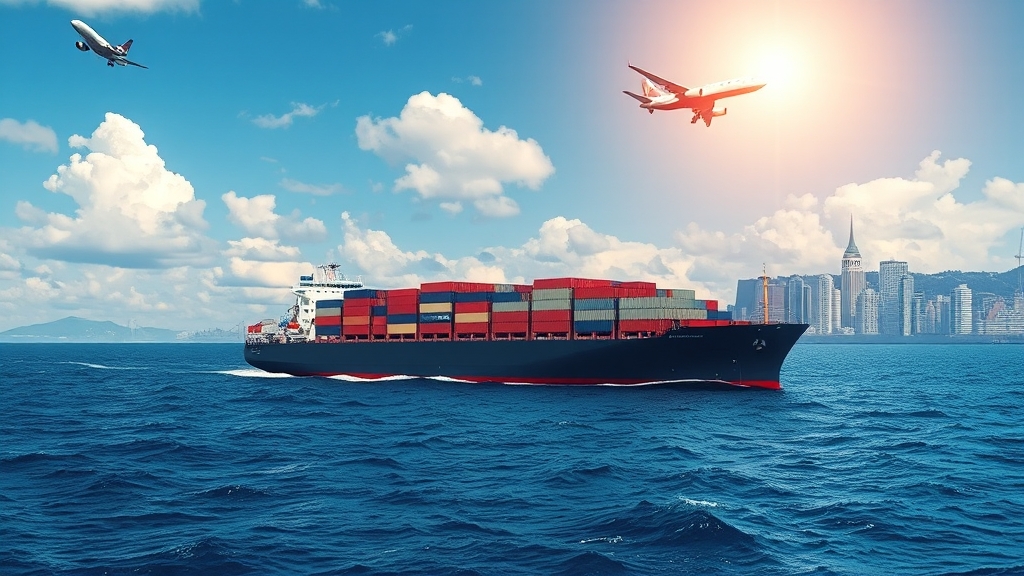

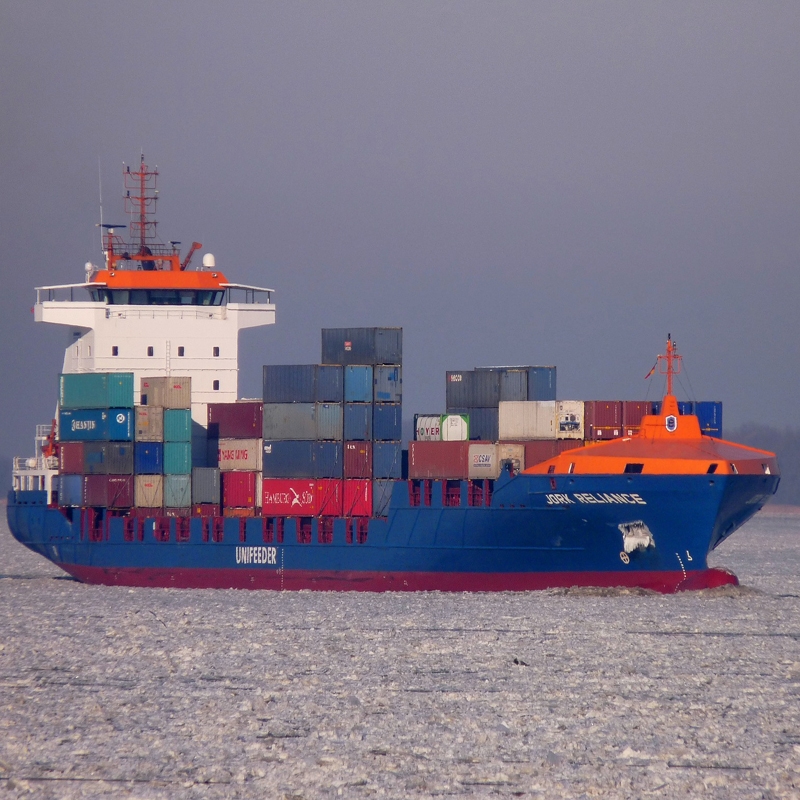
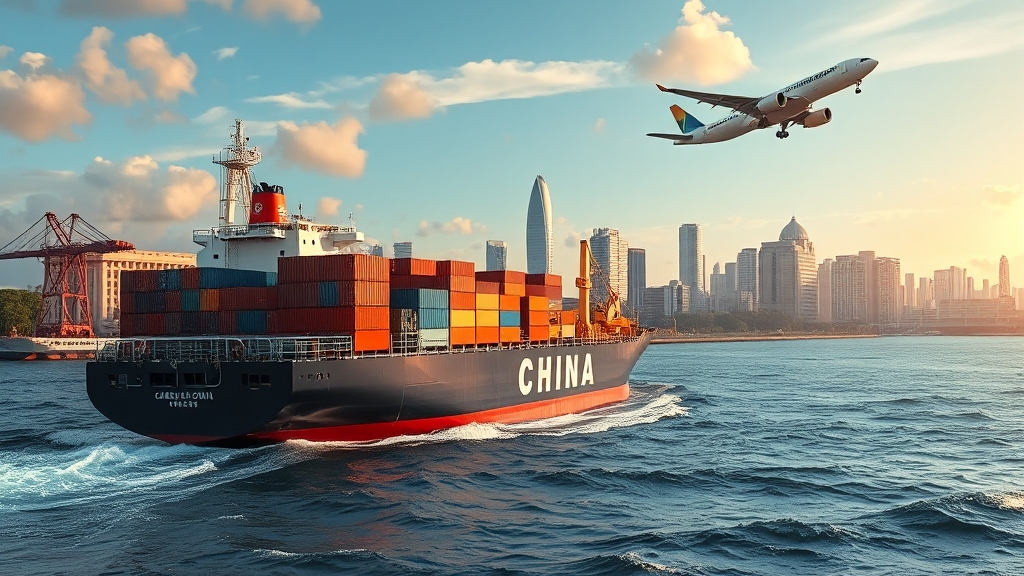
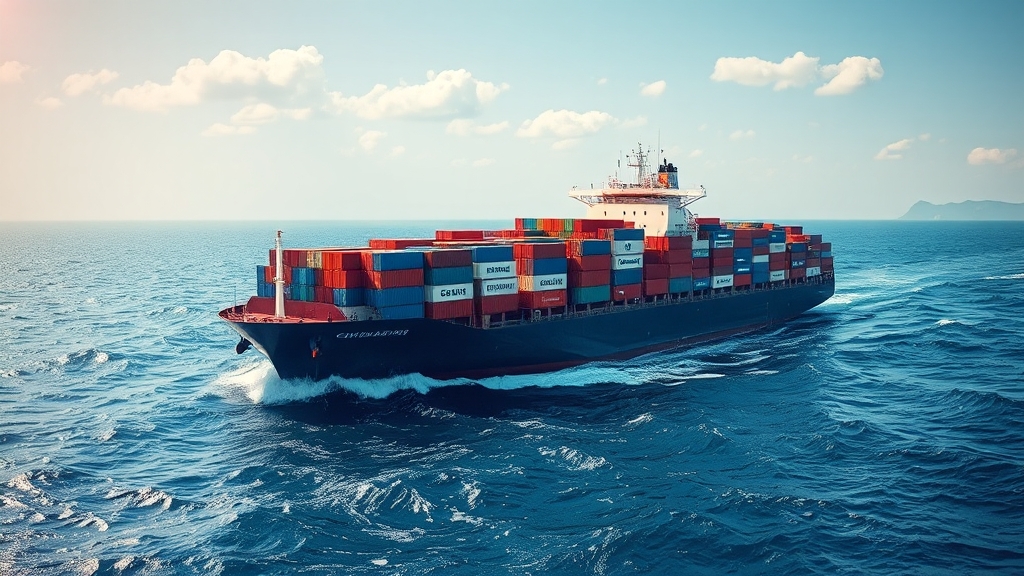





 Afrikaans
Afrikaans Shqip
Shqip አማርኛ
አማርኛ العربية
العربية Հայերեն
Հայերեն Azərbaycan dili
Azərbaycan dili Euskara
Euskara Беларуская мова
Беларуская мова বাংলা
বাংলা Bosanski
Bosanski Български
Български Català
Català Cebuano
Cebuano Chichewa
Chichewa 简体中文
简体中文 繁體中文
繁體中文 Corsu
Corsu Hrvatski
Hrvatski Čeština
Čeština Dansk
Dansk Nederlands
Nederlands English
English Esperanto
Esperanto Eesti
Eesti Filipino
Filipino Suomi
Suomi Français
Français Galego
Galego ქართული
ქართული Deutsch
Deutsch Ελληνικά
Ελληνικά Kreyol ayisyen
Kreyol ayisyen Harshen Hausa
Harshen Hausa Ōlelo Hawaiʻi
Ōlelo Hawaiʻi עִבְרִית
עִבְרִית हिन्दी
हिन्दी Hmong
Hmong Magyar
Magyar Íslenska
Íslenska Igbo
Igbo Bahasa Indonesia
Bahasa Indonesia Gaeilge
Gaeilge Italiano
Italiano 日本語
日本語 Basa Jawa
Basa Jawa ಕನ್ನಡ
ಕನ್ನಡ Қазақ тілі
Қазақ тілі ភាសាខ្មែរ
ភាសាខ្មែរ 한국어
한국어 كوردی
كوردی Кыргызча
Кыргызча ພາສາລາວ
ພາສາລາວ Latin
Latin Latviešu valoda
Latviešu valoda Lietuvių kalba
Lietuvių kalba Lëtzebuergesch
Lëtzebuergesch Македонски јазик
Македонски јазик Malagasy
Malagasy Bahasa Melayu
Bahasa Melayu മലയാളം
മലയാളം Maltese
Maltese Te Reo Māori
Te Reo Māori मराठी
मराठी Монгол
Монгол ဗမာစာ
ဗမာစာ नेपाली
नेपाली Norsk bokmål
Norsk bokmål پښتو
پښتو فارسی
فارسی Polski
Polski Português
Português ਪੰਜਾਬੀ
ਪੰਜਾਬੀ Română
Română Русский
Русский Samoan
Samoan Gàidhlig
Gàidhlig Српски језик
Српски језик Sesotho
Sesotho Shona
Shona سنڌي
سنڌي සිංහල
සිංහල Slovenčina
Slovenčina Slovenščina
Slovenščina Afsoomaali
Afsoomaali Español
Español Basa Sunda
Basa Sunda Kiswahili
Kiswahili Svenska
Svenska Тоҷикӣ
Тоҷикӣ தமிழ்
தமிழ் తెలుగు
తెలుగు ไทย
ไทย Türkçe
Türkçe Українська
Українська اردو
اردو O‘zbekcha
O‘zbekcha Tiếng Việt
Tiếng Việt Cymraeg
Cymraeg יידיש
יידיש Yorùbá
Yorùbá Zulu
Zulu